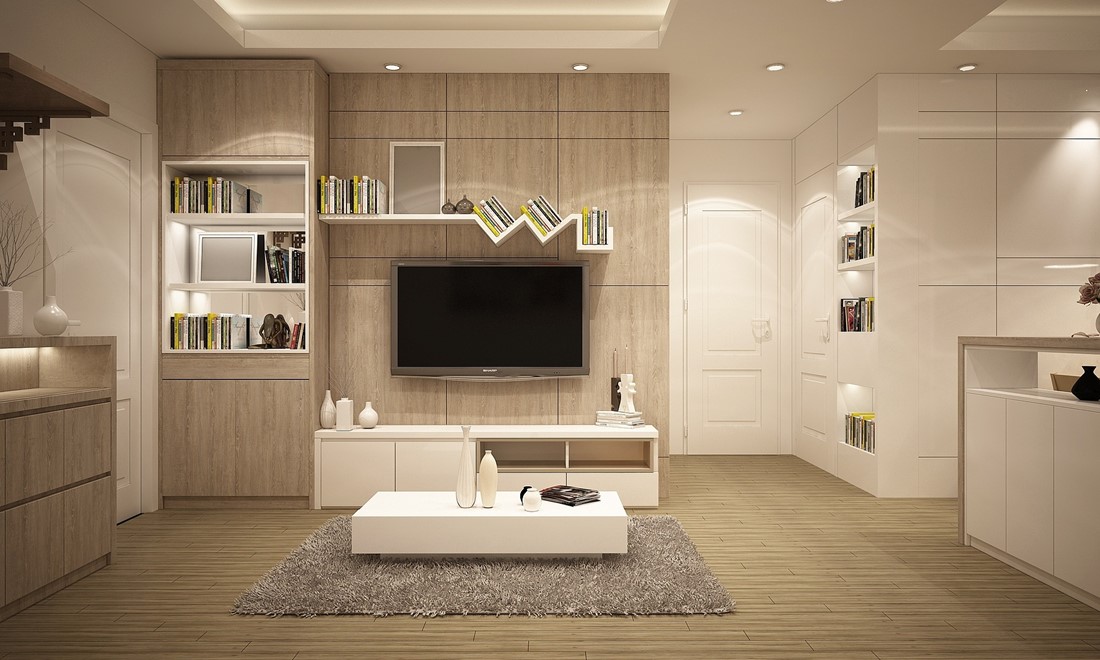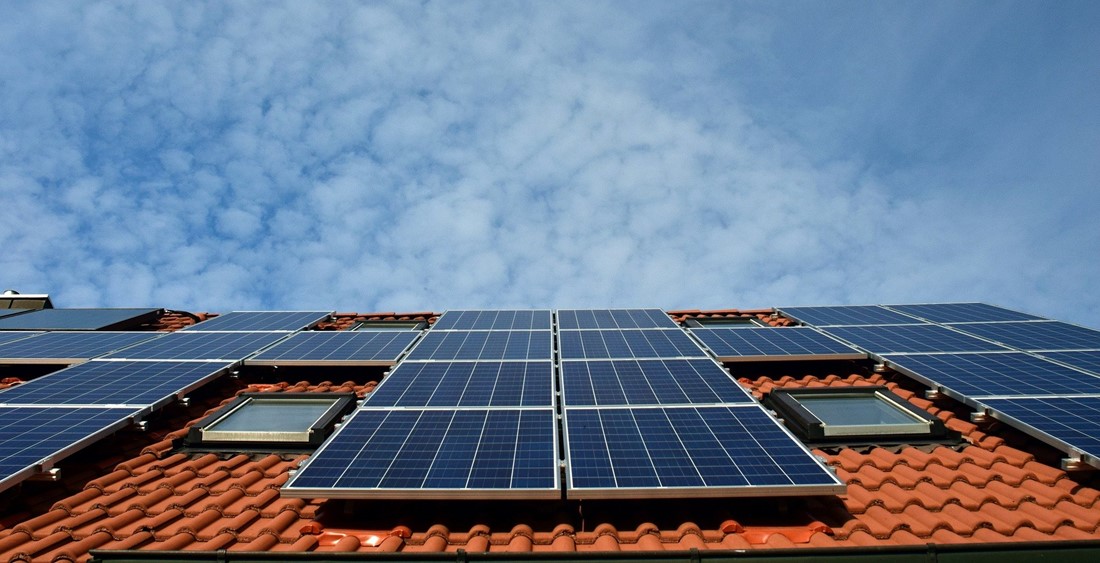Graphene-based innovations for smart homes
Welcome to the home of the future.
In the last decade, smart home technology has become more and more common, with voice-controlled devices now almost ubiquitous. In this Feature article, Fabrizio Tubertini, the IIT (Istituto Italiano di Tecnologia)-based Graphene Flagship Business Developer for Energy, explains how graphene and layered materials help design and production engineers in their efforts to develop advanced devices for smart home innovation.
Amazon alone has sold over a million Alexa enabled devices, manufactured by 4500 different companies. The Amazon store stocks more than 3000 Google Assistant devices, 580 Cortana devices and 390 that use Siri. It is little wonder that countless European households are adopting smart technology to control, monitor and automate a myriad of tasks.
All of these sales mean that the sector is expected to grow at a compound annual growth rate of 61% in the next five years. It is no surprise that CNN is predicting that the future home will look like a real-world version of animated series The Jetsons.
With a variety of smart home technologies already on the market, the implementation of graphene and related materials is poised to further enhance the smart home offering. Graphene Flagship’s partners realised different solutions.

Graphene in security
Gone are the days when we could leave our front door unlocked without the risk of an intruder in our homes. Graphene Flagship’s partner CNR-ISOF developed new flexible NFC (Near Field Communication) antennas for read and write applications, such as open and close functions. These represent a reliable, environmentally friendly alternative to current metal antennas.
Graphene antennas can be used directly in working devices without any additional software calibration, which means that current, insecure options, such as Bluetooth and Wi-Fi, could soon become obsolete. In a recent demonstration, the proximity of a graphene RFID (Radio Frequency Identification) tag to an RFID reader automatically triggered a picture to be taken of the wearer. This has several applications, not just in smart home security, but in a variety of closed public environments where tracking could ensure public safety.
Graphene flexible antennas worked on by Graphene Flagship contributors VTT and the University of Cambridge, have already been produced, demonstrating the commercialisation of this technology.
Security does not finish at the door though, thanks to the work of Graphene Flagship partner TU Delft, Netherlands. With the application of 10,000 graphene membranes suspended on a one mm by two mm silicon chip, a sensor can detect a door closing or opening, or a change in air pressure.
Graphene based sensors are not just limited to catching intruders though, they can also be applied to ensure the safety of homeowners. Recent gas detector prototypes by Graphene Flagship partner ICN2, Spain, sense everything from humidity levels to toxic gases.
The University of Cambridge and the University of Manchester have also created a new sensor, called the graphene nose. It is a unique matrix of sensors, which combines gas pollutant signals, to inform on the current air quality.

Graphene in home wiring
The smart house of the future will be built smart, not just retro-fitted with new applications.
The applications of conductive cement may go one day way beyond making electrical wires a thing of the past; due to its ability to dissipate heat, it can be used to make the smart home cooler, without the need for expensive temperature management applications. Graphene-infused cement could also lead to smart bricks: conductive strips of graphene around the home, used for lighting or as an in-floor heating grid.
Italcementi, the leading company in Italy in the construction materials sector and a Graphene Flagship parntner, recently showcased the floor heating system that uses of a thin layer of graphene cementitious composite placed between the screed and the floor surface, for highly effective heat transfer.
Thanks to the transformation of electricity into thermal energy, a very thin layer of graphene concrete beneath the flooring offers a non-invasive and effective heating system, increasing living comfort and optimizing space. The applications and advantages of a highly conductive cementitious composite go beyond warm walls and floors, especially if we consider that concrete is the most widely used building material in the world. In the home of the future, graphene concrete can be used for outdoor de-icing, electromagnetic interference shielding, self-sensing concrete and cathodic protection of steel reinforcements in concrete structures.

Graphene’s qualities are not limited to what it can achieve, it also delivers significant economic benefit. Research shows that graphene-infused solar panels increase the stability of the solar cell and, makes them at least four times cheaper to manufacture than silicon-based ones.
A collaboration between Graphene Flagship partners IIT - Istituto Italiano di Technologia, University of Rome Tor Vergata, and BeDimensional Spa has developed hybrids of graphene and molybdenum disulphide quantum dots in order to stabilise perovskite solar cells, which are less complex to produce than traditional solar cells, and can be used in new locations on the home.
Many of these products are scientifically and technically ready to be mass manufactured. What they prove beyond doubt is that graphene is already suitable for industrial and commercial use so, while it may have to take over the world one house at a time, that change has already captured the minds of some of the world’s most creative scientists and design engineers.




